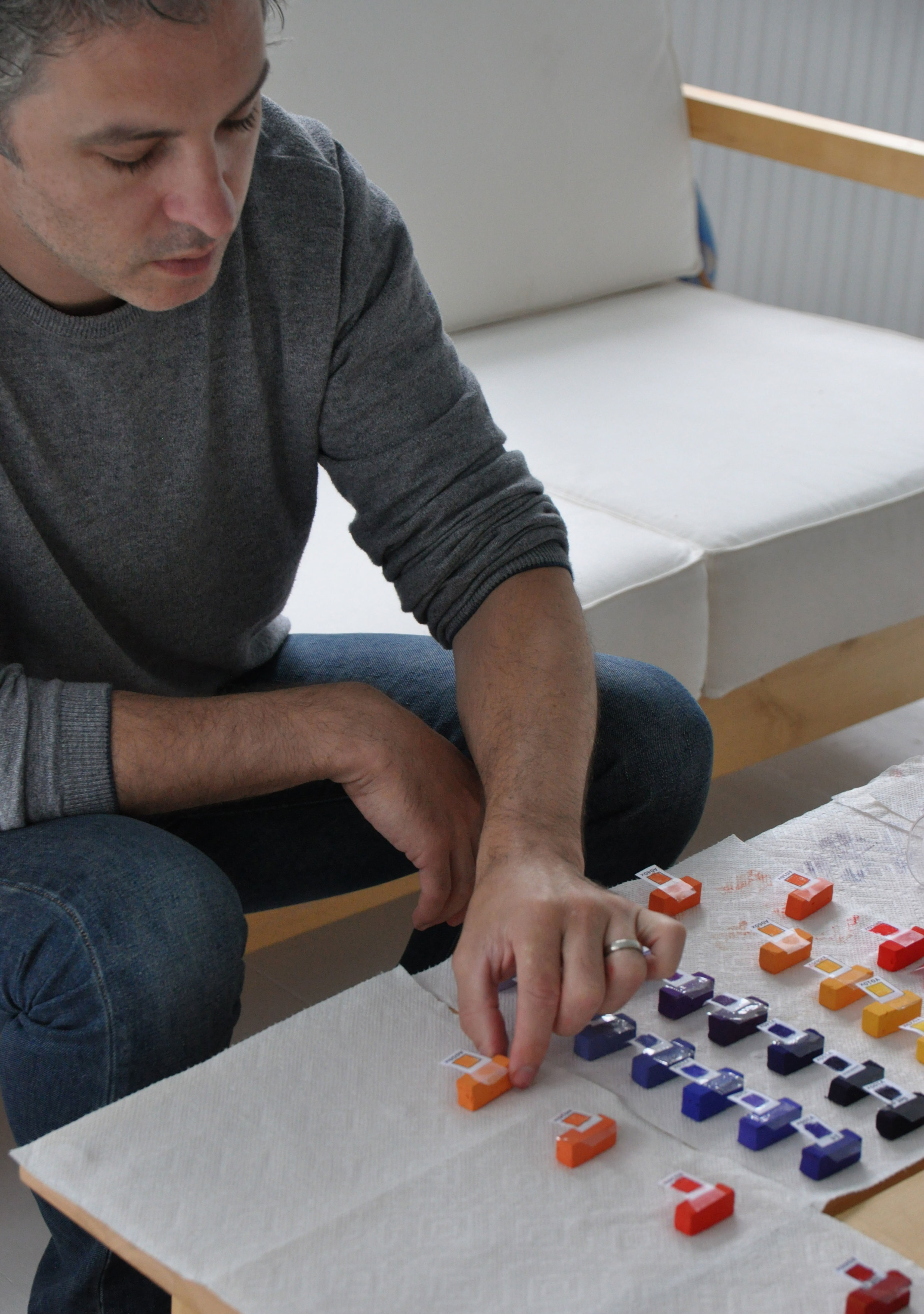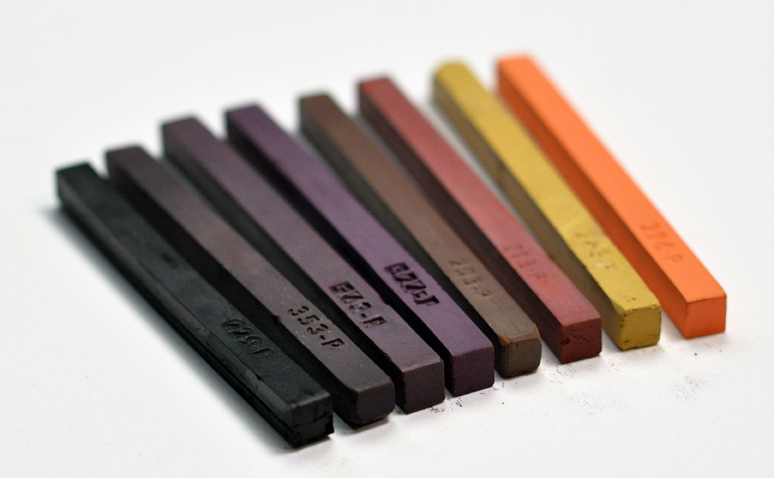Pastels vs. Oil and Acrylics Paints: Mastering Hair Drawing
In the world of art, one of the most captivating and challenging subjects to master is drawing realistic and expressive hair. Whether it's the cascading tresses of a portrait subject or the windswept locks of a landscape figure, achieving lifelike hair can be a true test of an artist's skill. While various mediums offer their unique strengths, Pastel Pigments or Sticks stand out as the ultimate choice for capturing the intricate beauty and emotion of hair when compared to Oil and Acrylics.
The Pastel Advantage:
Pastel Pigments (you might call them paints) are revered among artists for their unrivaled ability to bring hair to life on paper or canvas. Let's explore how pastels stack up against other mediums like Oil and Acrylics when it comes to drawing realistic and expressive hair:
1. Velvet-Like Texture:
Pastels offer a luxurious, velvet-like texture that closely mimics the softness and complexity of human hair. This unique quality allows artists to create intricate details, subtle transitions, and a range of textures that are challenging to achieve with other mediums. In contrast, Oil and Acrylics can sometimes result in a smoother, less textured appearance, making it challenging to achieve intricate hair details.
2. Rich Color Variations:
Hair isn't just one color; it is a complex interplay of hues and tones. Pastels provide an extensive palette of rich, vibrant colors that can be easily layered and blended [link to a post that mentions blending] to capture the depth and complexity of hair. Whether it's the warm highlights of auburn locks or the cool shadows of silver strands, pastels allow artists to achieve astonishing realism. Oil and Acrylics may require more effort to achieve the same level of color variety.
3. Expressive Mark-Making:
We often talk about the importance of mark-making this is where Pastels far exceed other mediums enabling artists to make expressive marks that mirror the natural flow and movement of hair. Whether you're working on flowing waves, tousled curls, or sleek straight locks, pastels excel in conveying the dynamic nature of hair with each stroke. Oil and Acrylics, while versatile in their own right, can sometimes result in less dynamic and detailed mark-making when it comes to intricate hair details because they must be applied with a brush and can't create the same level of direct and intimate connection with your marks that sticks of pastel held in the hand can convey.
4. Layering and Blending:
Another key advantage of pastels is their exceptional layering and blending capabilities. Artists can gradually build up layers of color, allowing for a seamless transition from shadows to highlights. This flexibility is essential for capturing the multidimensional aspects of hair. Oil and Acrylics require careful layering techniques to achieve similar results, making pastels a more forgiving choice for capturing the multi-dimensional aspects of hair and enabling even beginner and emerging artists to achieve advanced painter results.
5. Instantaneous Feedback:
Pastels provide artists with immediate feedback, allowing them to see colors and textures develop in real-time. Oil and Acrylics may require longer drying times and changing values when dry, making it challenging to make on-the-fly adjustments, a crucial aspect when rendering the intricacies of hair.
6. Versatility Across Surfaces:
Pastel pigments can be used on various surfaces, adapting to the artist's preference. In comparison, Oil and Acrylics often require specific surfaces or priming, limiting the artist's choice.
In the world of art, the choice of medium plays a pivotal role in bringing your creative vision to life. When it comes to drawing realistic and expressive hair, pastels emerge as the ultimate choice, offering a tactile advantage over Oil and Acrylics. Their texture, color versatility, mark-making capabilities, and responsiveness make them the preferred medium for artists seeking to capture the intricate beauty of hair. Join us on a journey of pastel mastery and discover why it's the unrivaled choice for lifelike hair drawing.
Glimmer 12x18” soft pastel
Join Us in Exploring Portrait Painting Mastery:
If you're passionate about honing your skills in drawing realistic and expressive hair with pastels, we invite you to join our Painterly Portrait Course. In this comprehensive course, we delve deeply into the art of capturing various hair and skin tones with pastels, providing you with a unique advantage over other mediums.
While Oil and Acrylics certainly have their merits, pastels shine when it comes to the intricate art of drawing hair. Join us on a journey of pastel mastery and unlock the secrets to creating hair that truly comes to life on your canvas (or paper which is what we use with pastels, surpassing the capabilities of other mediums.














